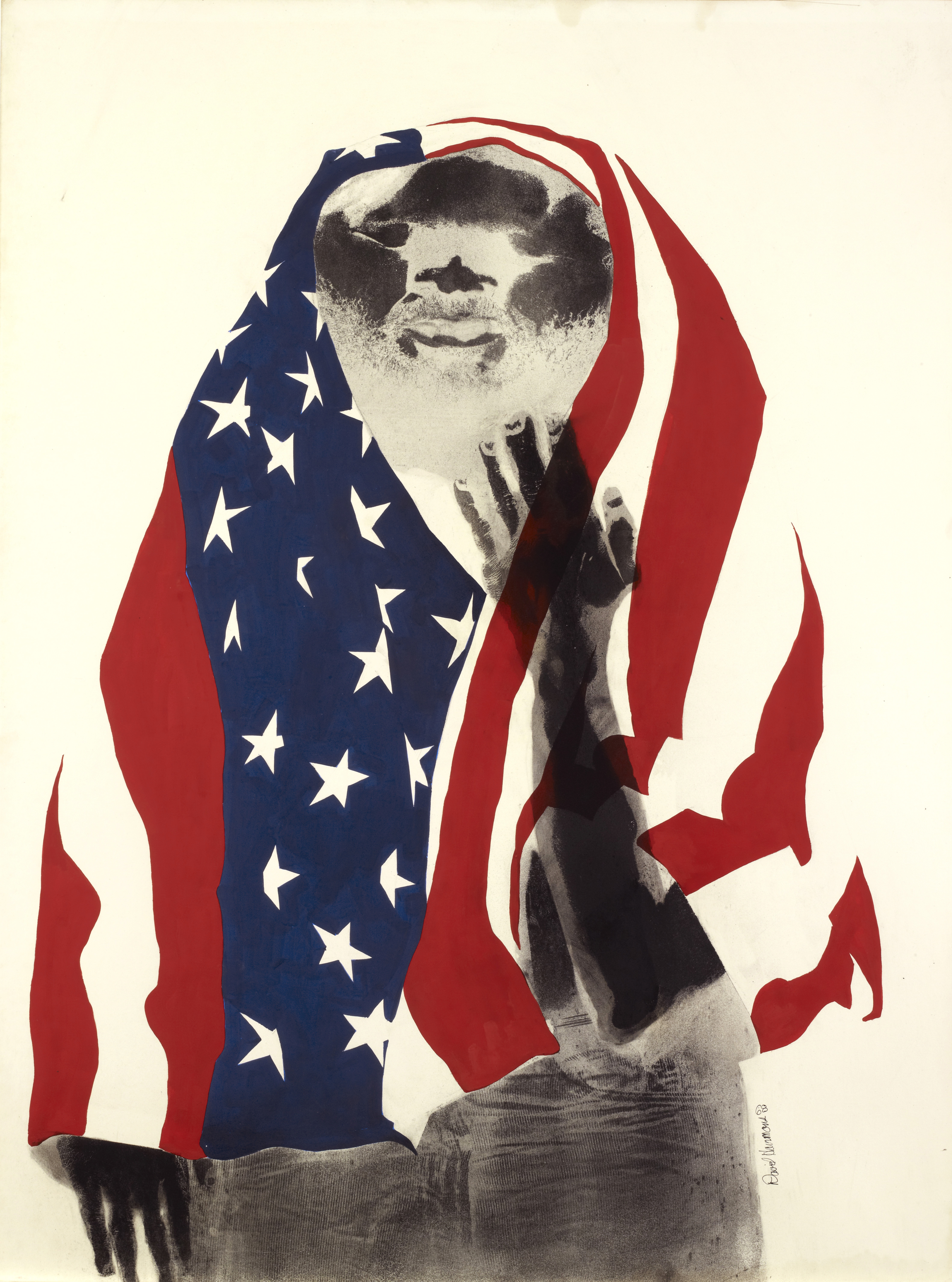Only a few decades ago, works of art by now-renowned black artists were relegated to the basement of the Los Angeles County Museum of Art without being reviewed at all. This was the climate of museums during the 1960s and 1970s, spurring artists such as Samella Lewis to create their own galleries and museums in order to properly showcase underrepresented black art.
Her efforts and those of other artists like her helped promote black art of the period, much of which is only now being displayed because of the Hammer Museum’s exhibition, “Now Dig This! Art and Black Los Angeles 1960-1980.”
Lewis set off to publicize black art after working at LACMA in 1969 and witnessing firsthand the racism of the era’s curators there.
One example involved Jacob Lawrence, who, according to Lewis, was voted the greatest artist in the United States by the College Art Association of America at that time.
“The curator when I was there (at LACMA) said that any little white boy could do what Jacob Lawrence is doing,” she said. “Our premier artist was Jacob Lawrence, and that this curator said that ““ I didn’t want the job that badly.”
Lewis said she left the museum shortly thereafter because of the abuse suffered by black artists. However, prior to her exit, she was present for the curator’s reception of several works from artists she described as three of the most well-regarded black artists of the period, including the now-acclaimed David Hammons.
“The curators were forced to show the exhibition somehow. They didn’t want to, but they had to,” Lewis said. “And so they put the works in the basement without even looking at them. You can’t touch David Hammons now. They would love to have him now, but they put him in the basement then.”
Artist Suzanne Jackson similarly opened her own space called Gallery 32 for blacks and other excluded artists to show their work. One of her first shows spotlighted influential artist Betye Saare.
“It was like the first show of (black) women, the first and only, really,” Jackson said. “Looking back at history, I had no idea that we were doing things that were first. We were just doing things that we felt like we needed to do at the time.”
By running her own gallery, she and the group of artists she worked with were able to showcase their art as they wanted to, without the pressure of censorship.
“It was a very political time because of the war, the Watts Rebellion and things happening at UCLA like (what happened) to Angela Davis and Bunchy Carter with the protesting,” Jackson said. “People were very sensitive about wanting to talk about what was going on in their art. People were responding to the incident and the environment of where they were living in Los Angeles.”
Responses to events such as the Watts Rebellion in 1965 and the black power movement were captured in the art of that period.
“I think the art in this exhibit captures that moment in time through the images you see, the issues reflected in the artwork itself and the motivation behind each individual piece of art,” said Dr. Darnell Hunt, director of the Ralph J. Bunche Center for African American Studies at UCLA.
Regardless of political position, what is most important, according to Lewis, is that people will be receptive to art from beyond their own perspective and culture alone.
“Hopefully people will be more open-minded than their predecessors and be more receptive, not only to African Americans but Latinos, Asians, whatever ““ just be receptive to the art and not worry about the race,” Lewis said.
